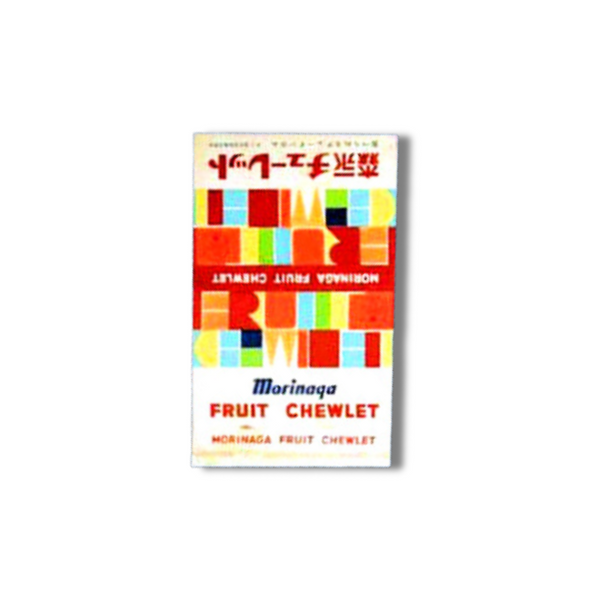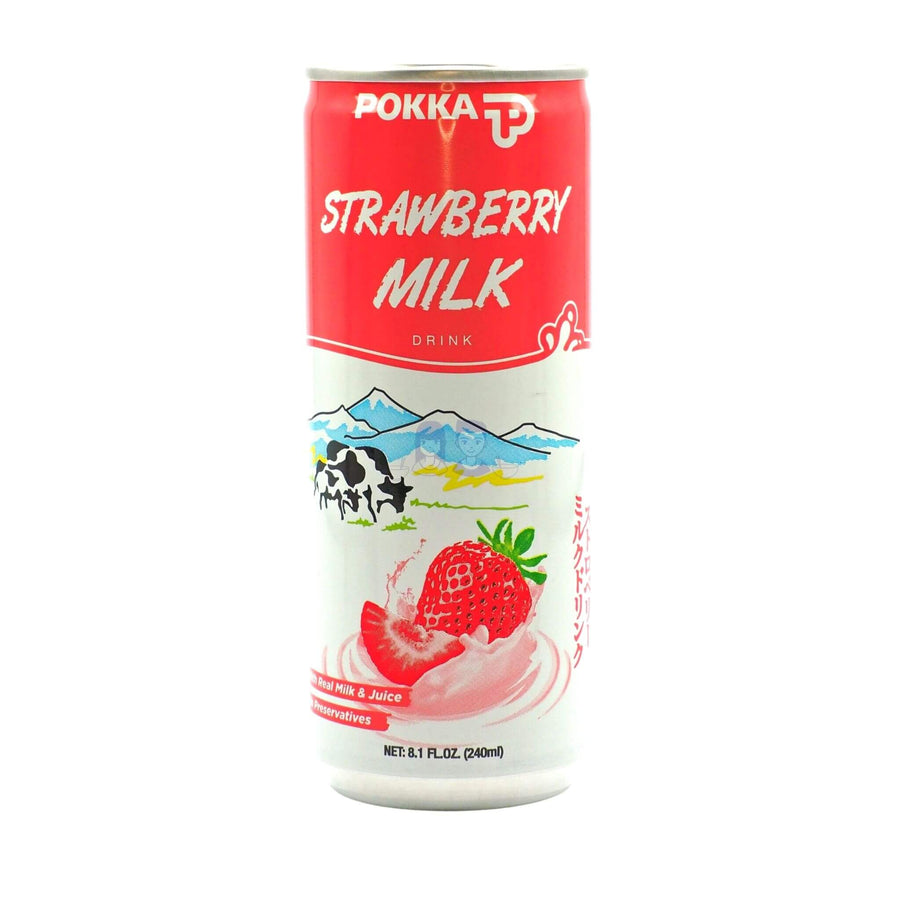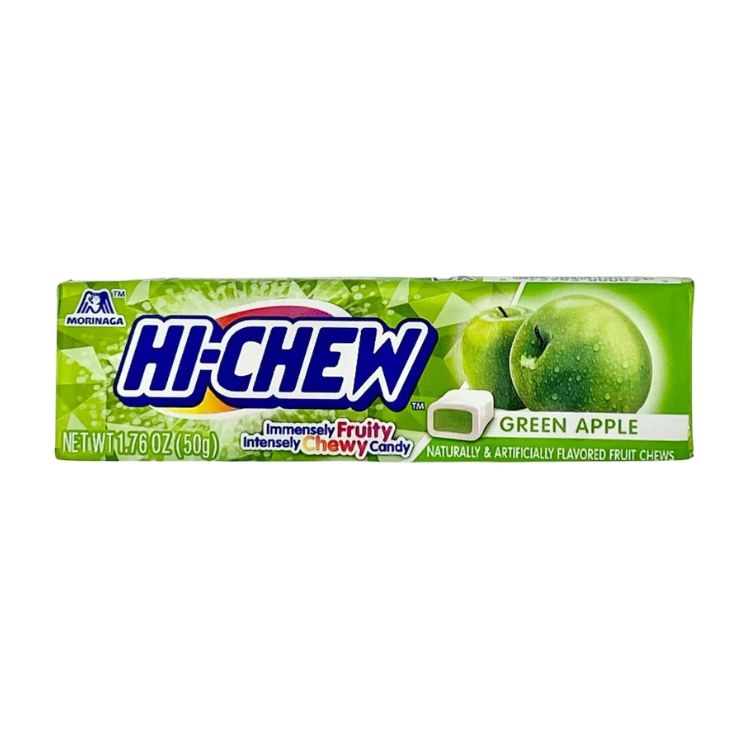What Are Hi-Chews? The Story of an Iconic Japanese Snack
If you've walked down the international food aisle or visited your local Asian shop, you've certainly stumbled on a pack of Hi-Chews. But have you tried one yet?
With around 200 flavours, these highly addictive soft sweets from Japan are like nothing you have ever tasted before. They are all bursting with real fruit flavour and come with both a smooth and chewy texture.
But what are Hi-Chews? In this article, we'll unravel the story of Hi-Chew, and explore the impact this chewy snack has had on the world of snacks. You'll love it if you are a snack lover, interested in international foods or just intrigued by Japanese culture.
→ Shop now: Our handpicked range of Hi-Chew Candies
What are Hi-Chews?
Hi-Chews are smooth and chewy fruit-flavoured sweets from Japan. They are an irresistible treat for both young and old. Every sweet is uniquely filled with bold, real fruit flavours with its iconic double-layer structure.
Hi-Chews offers a rich array of around 200 flavours to excite your taste buds. This includes everything from classic tastes such as grape to exotic flavours like mango.

The Story of Hi-Chew
The story of Hi-Chew goes back over 150 years to 1865 when Taichiro Morinaga was born on the southern Japanese island of Kyushu.
During his early twenties, Taichiro moved to the USA and started to learn about the US culture and sweet manufacturing. Upon returning to Japan in 1899, he put his skills to practice, selling sweets he made from a basic push cart. It was an overnight success and this led him to open his first store.
In 1918, Taichiro finally formally established Morginga & Company. In doing so it became the first modern sweet company in Japan. With an innovative mindset, the company put a lot of effort into developing new chocolates and sweets.
Taichiro had been obsessed with creating a sweet that had the texture of chewing gum but could also be swallowed after you had finished chewing it. This was because removing the sweet from your mouth in public was considered rude. In 1956, that vision came to life in the form of strawberry-flavoured Fruit Chewlet.

Fruit Chewlet ultimately became known as Hi-Chew during a rebranding in 1975. It swiftly became a national favourite with new flavours such as grape. This eventually set the stage for Hi-Chews' international debut.
Since then, the Hi-Chew family has grown to around 200 unique flavours and enjoys a global following. It even reached the shelves of the UK in 2018.
Ingredients and Production
What Makes Hi-Chews so Uniquely Chewy?
The secret lies in its blend of natural and synthetic flavourings. The exact formula remains a closely guarded secret of the Morinaga company. That said, we do know that the essential ingredients include tapioca or corn syrup and gelatine. These are combined with other ingredients to create a distinctive double-layered texture that's both smooth and chewy.
The production process is focused on precision and quality. The mixture of ingredients is meticulously cooked at high temperatures. It's then rolled, cut, and individually wrapped to ensure a consistent Hi-Chew product that delights with every piece.
What Allergens Do Hi-Chews Contain?
Hi-Chews may contain some allergens including soybean, milk and yoghurt, depending on the flavour of the product. Hi-Chew is also gluten-free but does contain pork gelatine. They do not contain peanuts and are not manufactured in peanut or tree-nut facilities.
Remember to review the ingredients on the packet carefully before consuming. Allergens may vary from flavour to flavour and by manufacturing location.
Cultural Impact
There's more to Hi-Chews than just a delightful chew. In some ways, they reflect a deep-rooted aspect of Japanese culture. In our opinion, this includes an unwavering commitment to quality and a love for innovation. In Japan, they are often given as gifts or shared among friends, signifying friendship and goodwill.
The brand's global expansion speaks volumes of its cross-cultural appeal. Whether it's the UK or the USA, where it's enjoying growing popularity. Or South Korea, where it's a staple, the universal joy and appeal that Hi-Chews bring is undeniable.
Hi-Chew Flavours
When it comes to Hi-Chews, taste is a personal experience. Hi-Chew enthusiasts often share their love for specific flavours. These range from the classic strawberry to the more adventurous green apple. Many swear by the intense and fruity flavours that Hi-Chews deliver. In our opinion, they now far surpass their Western counterparts with around 200 flavours to choose from.
Here is a list of some of our favourite Hi-Chew flavours:
- Strawberry
- Grape
- Green Apple
- Watermelon
- Mango
- Peach
- Sweet & Sour Pineapple

Health Considerations
As with any treat, moderation is key. Hi-Chews, while low in fat, aren't precisely a healthy food. Their high sugar content demands a mindful approach for those conscious of their dietary intake.
However, Hi-Chews do offer a unique alternative for those with dietary restrictions. They're gluten and peanut-free, making them accessible to a wider audience.
Where Can I Find Hi-Chews to Buy?
Ever since 2018, when Hi-Chews were first introduced in the UK, they can be found in many independent shops all over London. Online Asian grocers like us also have a great selection of flavours for you to choose from.
Final Word
The rise of Hi-Chews from a simple Japanese sweet to a global phenomenon is a testament to the brand's vision and ability to innovate.
Hi-Chews are more than just flavoured sweet they are one of the most popular Japanese snacks. Whether you enjoy eating them quickly or consciously like to taste every flavour, Hi-Chews offer a moment of joy in every bite.
If you haven't had the pleasure of trying Hi-Chews, I encourage you to pick up a packet the next time you are out.















